"The Arrival of 'Imaging Thanos': How Did vivo Craft Its Infinity Gauntlet?
![]() 05/14 2024
05/14 2024
![]() 588
588
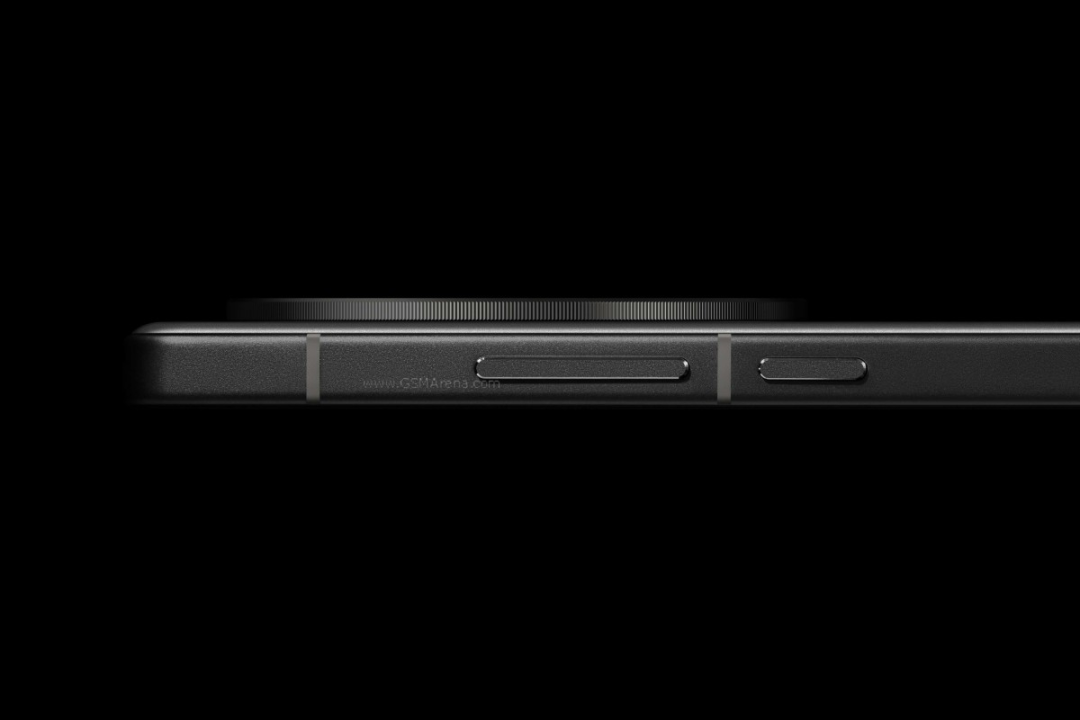
Collecting the 'Six Infinity Stones', Thanos is an invincible existence. vivo's leadership in mobile imaging is also well-known. How to upgrade its imaging capabilities has been a long-standing expectation for people regarding the vivo X100 Ultra.
Author | Huang Qiangqiang
Editor | Liu Shanshan
Investment, consumption, and exports, the "three carriages" are all working together to promote steady growth in the national economy. Among them, consumption remains the most important engine, contributing 73.7% in the first quarter and driving GDP growth by 3.9%.
As an important component of the private economy, the Chinese smartphone market is continuously recovering. Shipments in the first quarter increased by 6.5% year-on-year, entering a new growth cycle, and to a certain extent, promoting economic consumption growth.
At the same time, as technological innovation becomes the main direction of developing new quality productive forces, it further confirms the view of Hu Baishan, Executive Vice President and Chief Operating Officer of vivo: The mobile phone industry is still one of the best industries in the technology field.
Behind the recovery is intensifying competition among leading manufacturers. Multiple quarterly tracking reports show that the smartphone market faced the fiercest competition in Q1 2024, with only a 3-percentage-point gap between the top six vendors in market share.
It can be seen that today's smartphone market is full of both opportunities and challenges, advantages and risks. Currently, innovative technologies such as generative AI, OS systems, self-developed chips, and mobile imaging are continuously driving smartphone iterations and upgrades. Future tracks such as smart cars, humanoid robots, wearables, and IoT are deeply integrating with smartphones, making phones representatives of new quality productive forces.
In a race where only the most diligent can excel, who can continue to be a benchmark in the high-end market and lead industry innovation?
01
Imaging Thanos,
Dropping a Bombshell on the Market
In the first quarter of 2024, the high-end smartphone market was redefined by domestic manufacturers, becoming the deciding factor in market success.
Among them, Apple's sales decreased by 19.1%, the worst quarterly performance since 2020. "More and more Chinese consumers no longer consider Apple's flagship products as the most technologically advanced," The Wall Street Journal commented in a report on May 3.
The sharp drop in shipments of its core business, the iPhone 15, was the main reason. Behind it, Huawei's full return to the market and other domestic smartphones gaining a foothold in the high-end market are all contributing to the "loss of favor" of the iPhone 15.
For example, the vivo X100 series released by vivo on November 13 last year became a hit immediately, selling 1.35 million units globally in 48 days. Combined with the iQOO 12 series released in December last year, which sold 520,000 units in a month, vivo took the most solid steps forward. Counterpoint data shows that in the first quarter of this year, vivo captured the top spot in domestic sales with a 17.4% market share.
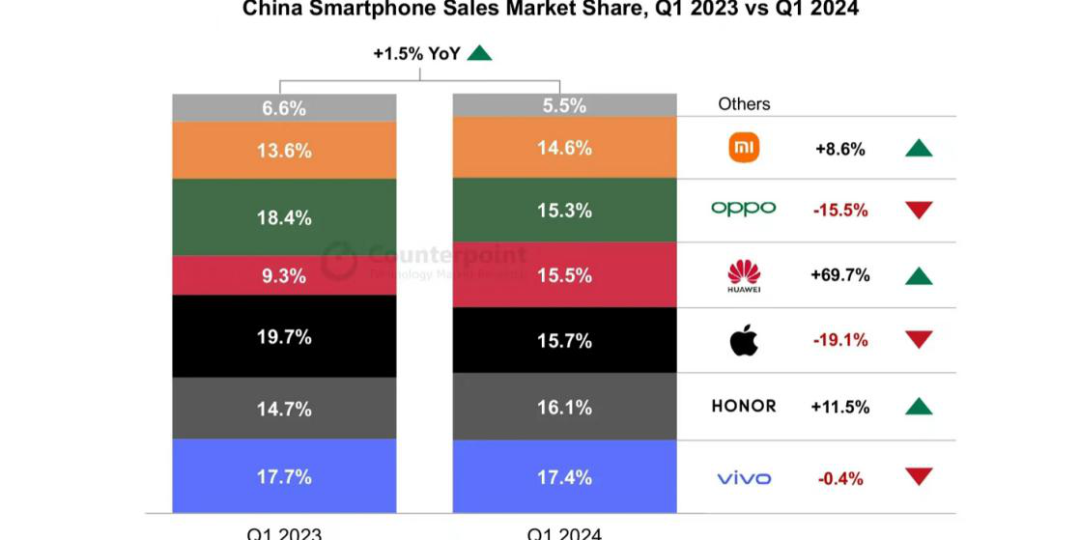
In the second quarter, the mobile phone market ushered in a traditional shipment peak season, coupled with the 618 promotional period, the fierce competition will not be weaker than in the first quarter, and many new products are being launched in May to seize market opportunities.
On May 13, the market welcomed the most significant "finale" contender of the first half of the year - vivo launched three models: the X100 Ultra, X100s, and X100s Pro, achieving full market coverage of flagship models at its own pace.
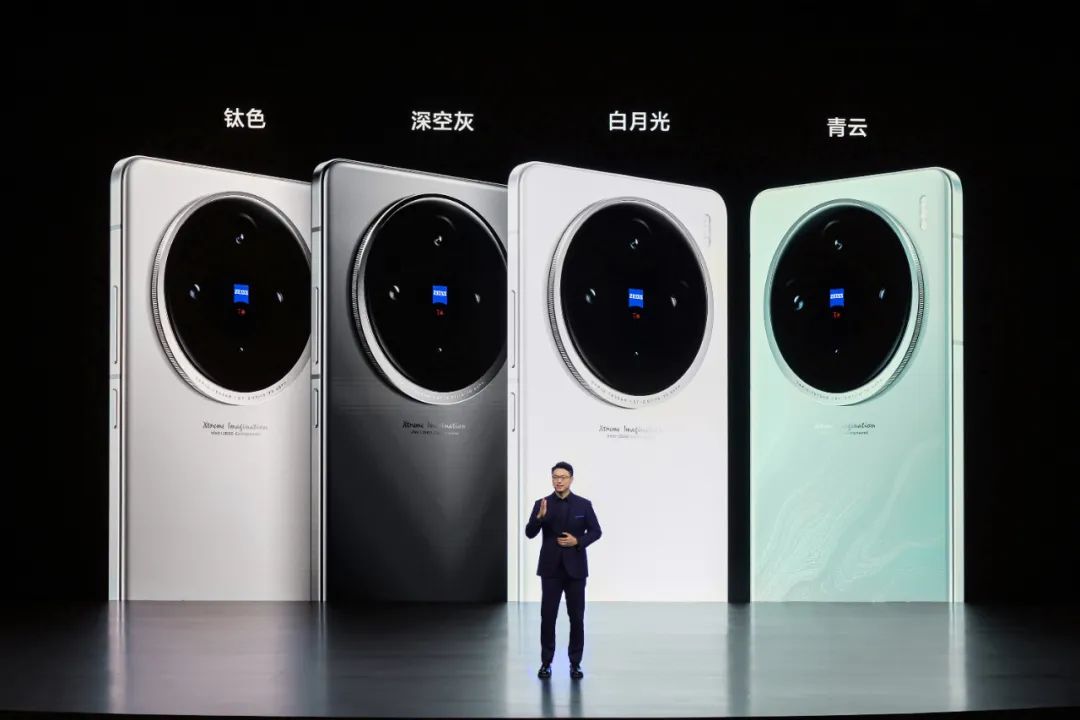
The strongest Dimensity chipset is only found in vivo. The vivo X100S series globally debuted with the Dimensity 9300+ mobile platform, the first time in the Android camp to break through 2.3 million in benchmark scores, earning it the title of "Dimensity King." Moreover, it is one of the rare straight-screen imaging flagships in the industry. From various reviews, it is currently the most powerful flagship phone in the Android camp, truly a "flagship among flagships."
What has attracted the most attention from the outside is the long-rumored X100 Ultra, code-named "Imaging Thanos."
The vivo X100 Ultra boasts a massive circular camera module, including a main camera, a periscope telephoto lens, and an ultra-wide-angle lens. It is equipped with a Qualcomm Snapdragon 8Gen3 processor, a 200-megapixel HP9 sensor co-developed with Samsung, and a Zeiss APO super telephoto lens.
From feedback on various social platforms such as Hupu, Zhihu, and Weibo, it is generally believed that this is a bombshell dropped by vivo on the market.
"Thanos," a super villain from Marvel Comics in the United States, possesses extremely powerful abilities. vivo undoubtedly wants to highlight and emphasize its unbeatable dominance and competitiveness in imaging through this code name.
The outside world has been waiting for "Imaging Thanos" for a long time. When the X100 series was released at the end of last year, vivo said it was internally testing a professional-grade product dedicated to imaging. At the vivo family dinner in late January this year, Jia Jingdong, Vice President of vivo Brand, revealed that a new photography flagship code-named "Thanos" would be launched in 2024.
What kind of phone "Thanos" is has been eagerly anticipated by the outside world. It was not until mid-April that Huang Tao, Vice President of vivo Products, revealed the mystery of "Thanos" during product preheating - the vivo X100 Ultra.
This is the first time vivo has launched an Ultra phone. The word "Ultra" originates from Latin and means "ultimate" or "surpassing."
"vivo naming it Ultra means that this is a product positioned higher than Pro+, currently vivo's most powerful offering," said Huang Jiaxin, a "waiting party" member. Everyone knows that Thanos, who has collected all six Infinity Stones, is invincible. vivo's leadership in mobile imaging is also well-known. How to upgrade its imaging capabilities has become people's strongest expectation for the X100 Ultra.

The vivo X100 Ultra has its own "Infinity Gauntlet" and has officially announced its "six Infinity Stone" capabilities: high-speed motion, low-light portrait, polar starry sky, extreme macro, telephoto sunrise, and telephoto stage.
In terms of imaging hardware, the X100 Ultra's main hardware upgrades are in night scenes and telephoto photography. Among them, the telephoto stage has been described by multiple vivo executives as a super concert神器 (神器 means a magical tool or device).
Concerts, with complex lighting and environments, often involve telephoto photography, which is also the most challenging in terms of picture quality. On the premiere of the 2024 Singer on May 10, the X100 Ultra made an appearance, perfectly capturing and restoring every detail of the scene with its powerful telephoto capabilities and stabilization.
This performance is difficult to match by other current imaging flagships. Some digital bloggers revealed that the effect shocked many audience members, who directly inquired about the price.
While the vivo X100 Ultra undoubtedly possesses the strongest imaging capabilities among current flagships, its strongest imaging is not all that "Imaging Thanos" is about.
For example, it incorporates all self-developed technologies from vivo's Blue Technology Matrix - including vivo's Blue Crystal chipset technology stack, Blue Ocean battery system, Blue Heart large model, Blue River operating system, and the newly released Blueprint imaging.
In addition, features like a Samsung E7 substrate screen (with a resolution of 2K), satellite communication support, and ultrasonic fingerprint unlocking make this phone an ultimate surpassing in every aspect, recognized by the market as a benchmark work with the greatest potential to become a hit.
02
200-Megapixel Telephoto,
What Does It Mean for the Industry?
Good things come to those who wait. Before its appearance at the 2024 Singer premiere, the vivo X100 Ultra's imaging capabilities made another impressive appearance: capturing the launch of Chang'e-6.
From the sample photos shared by Huang Tao, even though the image quality was compressed due to uploading to social media, the photos still output 200 megapixels in their original form, fully retaining the sensor's original resolution and all details - including the Chinese Aerospace logo above Chang'e-6 and the flames below.
It's worth noting that it was still raining heavily eight minutes before the launch, and the shooting focal length was 230mm, equivalent to a 10x zoom.
How did the vivo X100 Ultra achieve its "Thanos"-level imaging capabilities? This is closely related to the three main camera-level lenses on the rear of the X100 Ultra.
The first is a 200-megapixel Zeiss APO super telephoto lens equipped with a 1/1.4-inch HP9 sensor. The APO certification standard is one of the highest and most stringent standards in the optical industry, effectively eliminating chromatic aberration issues in telephoto lenses. The combination of a large sensor and ultra-high pixels forms the world's strongest chromatic aberration correction periscope telephoto lens, supporting up to 200x extreme zoom, undoubtedly the most powerful zoom imaging flagship phone to date.
From long-distance to microscopic views, every detail is captured, truly achieving "one lens to rule them all." The stunning photos of the Chang'e-6 launch were captured by this lens.
The second is the Sony LYT-900, combined with CIPA 4.5-level gimbal stabilization technology, which is currently the highest-level stabilization standard - a key factor in capturing clear images of artists singing and dancing during concerts.
The third is a 50-megapixel ultra-wide-angle lens, bringing a visual experience that surpasses human eyes and capturing highly visually impactful works.
In addition to the industry-leading multi-camera module, the entire camera is deeply integrated with the V3+ imaging chipset, AI algorithms, Zeiss optical lenses, etc., to jointly create the X100 Ultra as the "king of mobile phone imaging." From the perspective of the launch event, the "true 4K 60fps front camera" is also comparable to Apple's iPhone in video recording.
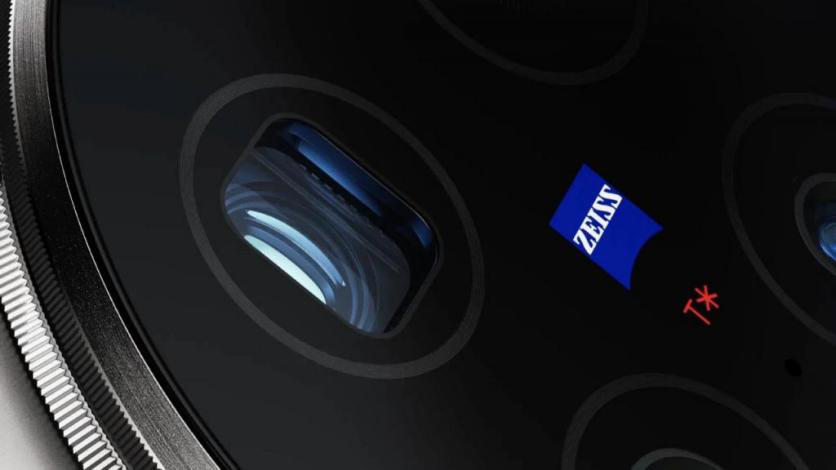
"Industry flagships use rear telephoto and wide-angle lenses, while vivo uses them for the front camera and even with autofocus," a vivo executive also commented on social platforms. The X100 Ultra has a fault-tolerant leading imaging capability in the industry and is a "professional camera" with overwhelming advantages.
Multiple industry observers believe that even in the second half of the year, the vivo X100 Ultra is likely to have no rivals in imaging.
vivo is known for its leadership in mobile imaging. Believing in "planting the seeds," vivo has been a long-term practitioner in the field of mobile imaging, honing its internal skills for years to become a leader in imaging.
From an industry perspective, an important question is: What kind of thinking will the "Imaging Thanos" X100 Ultra bring to the entire industry? Or, what direction does it represent in terms of industry imaging breakthroughs?
"Extreme Business" believes that the X100 Ultra, which completely solves the shortcoming of poor image quality in ultra-long telephoto shooting on smartphones, points the way for the future of ultra-long telephoto lenses combined with larger sensors in the industry.
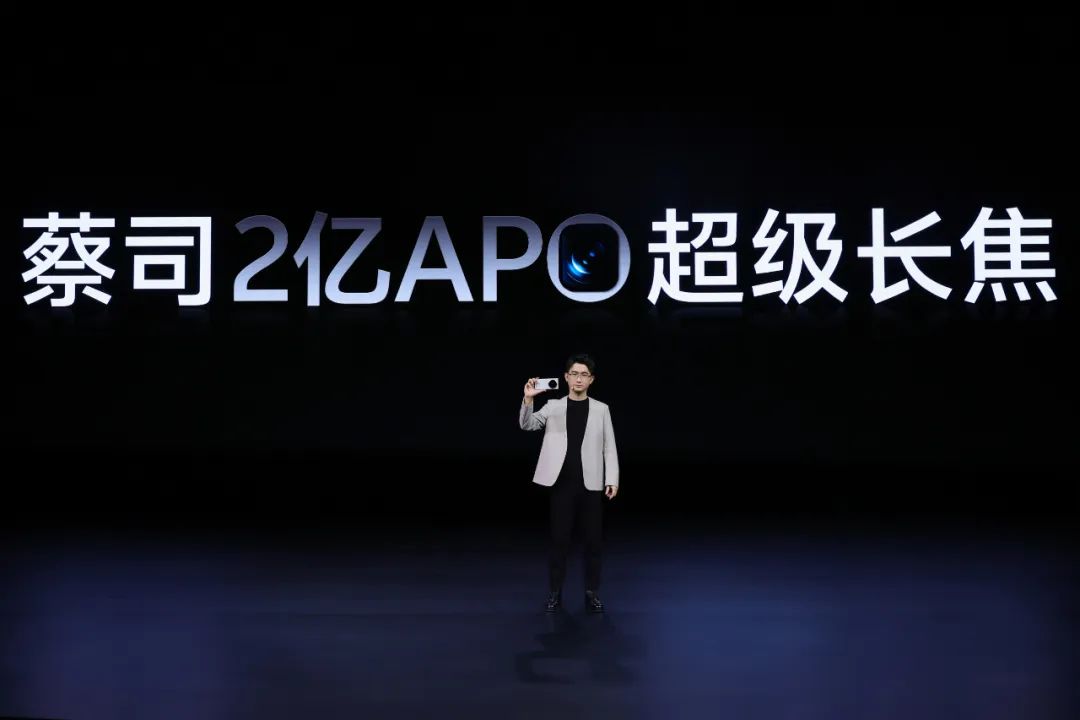
AI and algorithms are rapidly advancing imaging technology, but many flagship phones only have good main cameras, with average telephoto photography results. Although telephoto lenses have been around for years and once became a promotional focus and selling point for mobile phone manufacturers, the landing effect and image quality are often unsatisfactory.
To improve image quality, larger sensors need to be used, and periscope telephoto lenses have gradually become the mainstream. However, the higher the zoom ratio, the more pronounced the contradiction between "taking good pictures" and "taking pictures at all." At the same time, periscope telephoto lenses are costly and occupy valuable space in phones, increasing thickness and weight. To compromise, manufacturers often reduce battery capacity.
This is precisely the source of the current industry debate between large sensors and ultra-high pixels.
Now, the vivo X100 Ultra, which has made no compromises or cuts in any aspect, uses the industry's highest zoom ratio and highest image quality, combined with a 5400mAh battery capacity, to tell the industry the answer: the coexistence of periscope telephoto + large sensor + ultra-high pixels may be the correct direction for the future development of telephoto imaging.
03
Users' Ultimate Pursuit
Is a Systematic Engineering
The smartphone market has never been separated from consumer innovation, nor does it have so-called absolute user loyalty - as vivo often says, "user-oriented." Whether a manufacturer can translate in-depth and clear user understanding into concrete actions is the criterion for determining whether it has market "innovation" and "competitiveness" in the eyes of the outside world.
In this regard, the iPhone, once hailed as the "innovation ceiling" in the mobile phone industry, has faced consumer doubts since Apple started grading its iPhones and adopting a "toothpaste-like innovation" approach. Starting with the iPhone 14 series, the ordinary version only uses the previous generation SoC, and it is not surprising that the market has declined in the face of fierce competition from domestic phones.
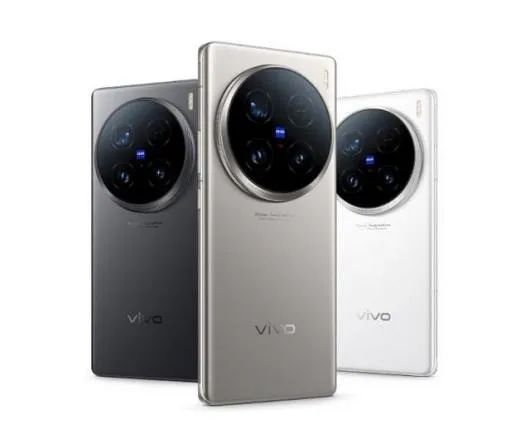
In contrast, domestic manufacturers are constantly refreshing people's understanding of mobile phones and pushing the industry to new heights.
For example, vivo's "Thanos"-level imaging capabilities are undoubtedly a new benchmark. In other less conspicuous directions, vivo also pursues "the user is the ruler of the product" with an ultimate attitude.
For example, ultrasonic fingerprint recognition - this is a 3D way to verify a user's fingerprint, which can improve security for user payments and other aspects compared to under-screen fingerprint modules.
This technology first appeared on the vivo X20 Plus UD in 2018, but no other manufacturer has adopted it in the past six years. The reason is simple: if a phone uses ultrasonic fingerprint recognition, its cost is as high as around 70 yuan, far exceeding the 20-30 yuan cost of mainstream under-screen fingerprint modules. More importantly, it also requires separately debugging new recognition algorithms to address certain impacts on battery life and heat dissipation.








